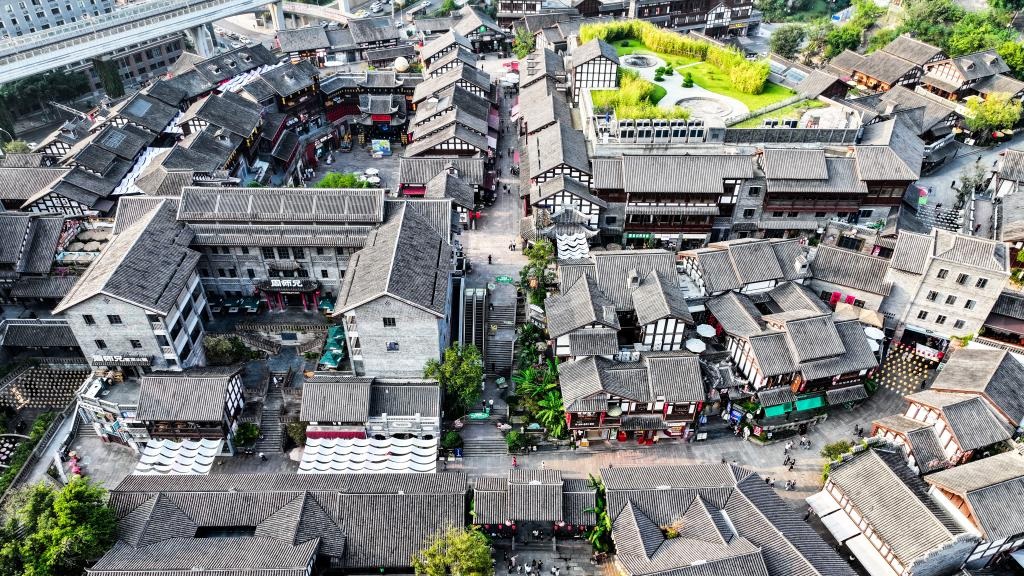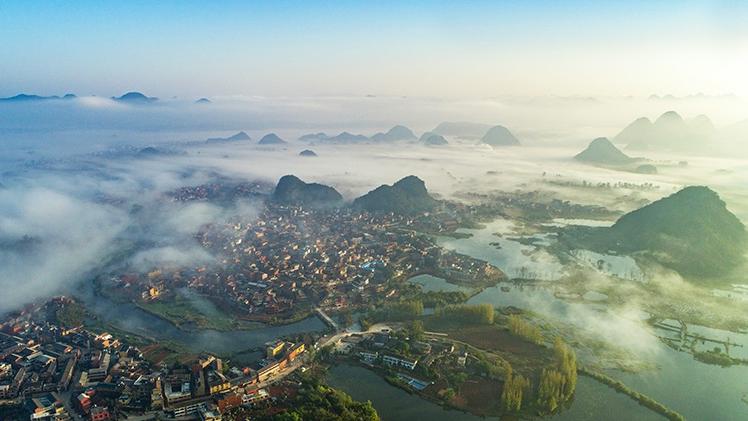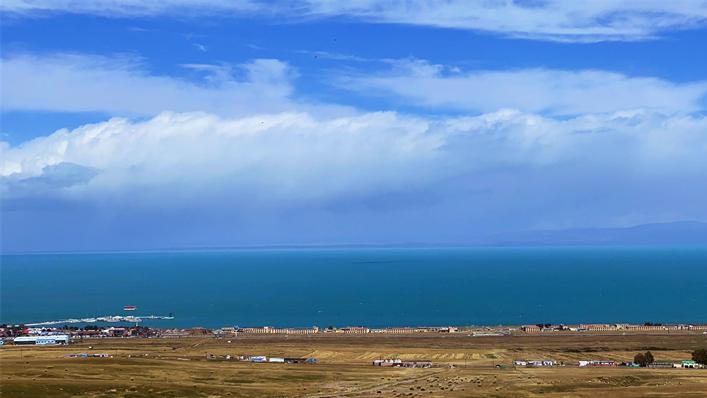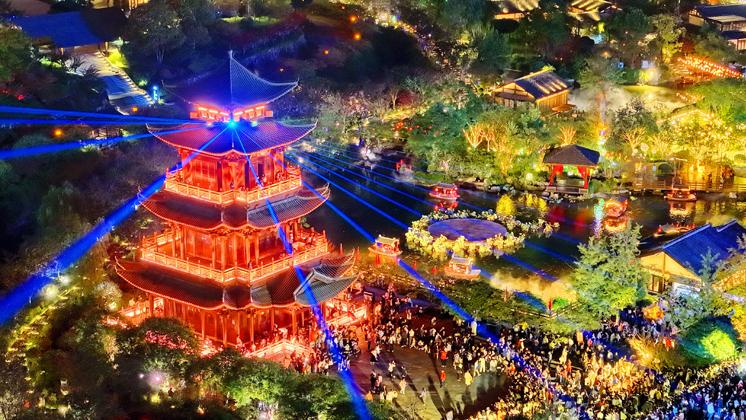Shorter, slower tourism relished by more and more Chinese people
BEIJING, Oct. 11 (Xinhua) -- The annual seven-day National Day holiday, which concluded on Monday, is usually a time for long, distant trips for Chinese people. This year, however, more opted for shorter, closer travel.
Lin Keya and her family reside in Urumqi, northwest China's Xinjiang Uygur Autonomous Region, and they spent a few days of the holiday in a village in the nearby Jimsar County. There, they woke to the sounds of roosters and fell asleep in the moonlight.
"Immersed in nature, I felt like my tired soul was healed," Lin said of the village located at the foot of the Tianshan Mountains and just a two-hour drive from Urumqi.
For many who took similarly short trips, being immersed in the surroundings of their holiday escapes was necessary and made their experiences more profound and unforgettable.
"What truly attracts us now is no longer intense sightseeing tours that just skim the surface, but trips that allow us to integrate ourselves into local life for days and experience different landscapes and customs," said a holidaymaker surnamed Peng, who took her family on a high-speed train from Guiyang to Leshan, two cities in southwest China.
"Minimizing our time on the road granted us abundant time to enjoy the place," she said.
For Dai Bin, president of the China Tourism Academy, the new trend of shorter trips and slower tours can help "promote the modernization of the tourism industry, provide development opportunities for more regions, and facilitate high-quality employment for more people."
This rising trend has also been driven significantly by China's ever-growing high-speed railway (HSR) network.
On Sept. 14, China's railway operating mileage exceeded 160,000 kilometers. HSRs account for over 46,000 kilometers of that total, a whopping 392.2 percent rise from the end of 2012 and covering over 96 percent of cities with more than 500,000 residents. This has allowed people to reach more destinations in shorter timeframes.
According to Ctrip, a leading online Chinese travel agency, the nationwide average HSR travel radius during this year's three-day Mid-Autumn Festival holiday was 361 kilometers, which was nearly 30 percent shorter than the average travel radius recorded during the previous Mid-Autumn Festival and the first three days of the National Day holiday last year.
"Taking high-speed trains or bullet trains to travel allows for precise, controllable itineraries with efficient, convenient transportation," said a 68-year-old Shanghai resident surnamed Qian.
"So it is possible to arrange a more leisurely schedule, making it suitable for middle-aged people and elderly people like me," he said.
His words are backed up by the efforts of Shanghai, which has put in place special HSR tourist routes linking the municipality with nearby destinations such as Yancheng in Jiangsu Province, Jiaxing in Zhejiang Province and Lu'an in Anhui Province.
Qian's thoughts are also in line with the observations of Lou Jiajun, a professor at the East China Normal University.
"Many localities have made efforts in recent years to optimize their 'railway plus scenic area' combination routes and transportation methods, and to bridge the distances between HSR stations and scenic areas. Such efforts have greatly improved the HSR tourism experience," Lou said.
For other experts, the growth of shorter and slower tourism reflects a shift in tourists' consumption preferences as the demand for spiritual and entertainment consumption continues to increase.
To cater to this shift, tourist destinations should do more to construct and promote an image that is in line with the times, improving infrastructure and public services and nurturing operators with more capital, aiming to constantly enhance tourist satisfaction and the sense of gain felt by locals, Dai said.
Photos
Related Stories
- China Booth debuts at 2024 IMEX America
- UN Tourism hosts photo exhibition on China's wildlife, promoting eco-tourism
- County-level tourism market unleashes new momentum during National Day holiday
- China records strong tourism numbers during holiday
- Night tours attract tourists to village in E China's Jiangxi during National Day holiday
Copyright © 2024 People's Daily Online. All Rights Reserved.









